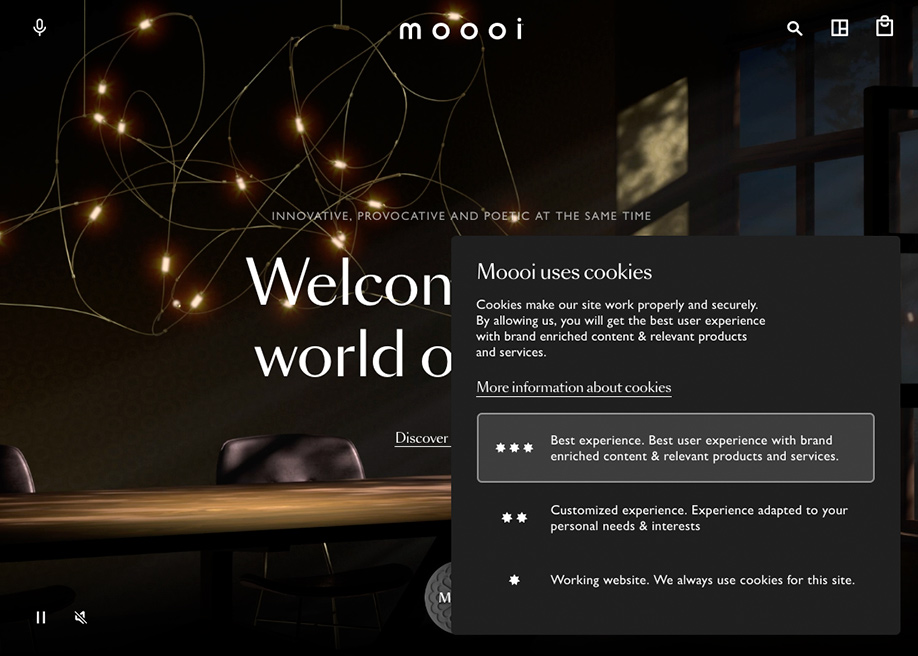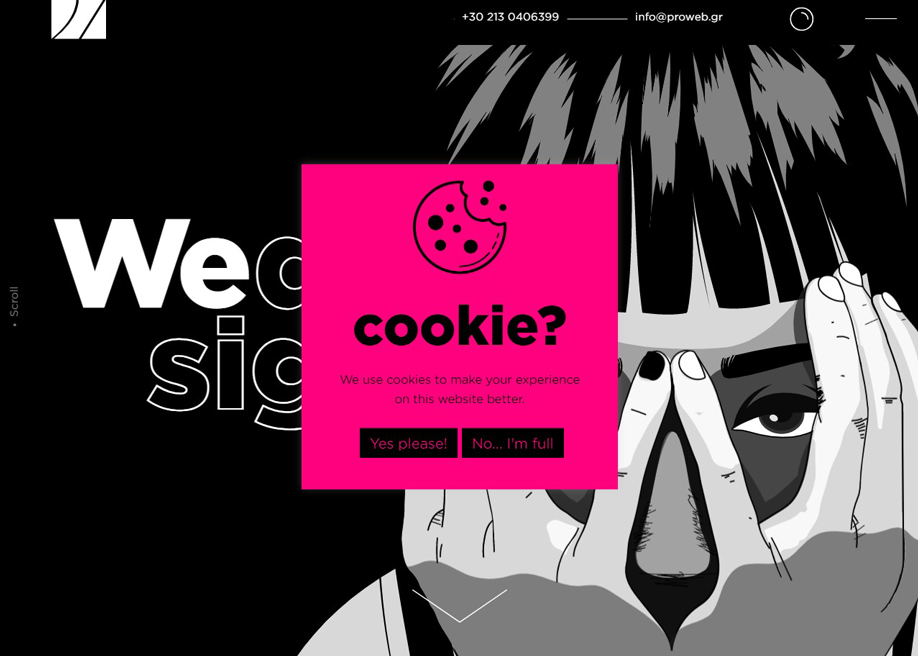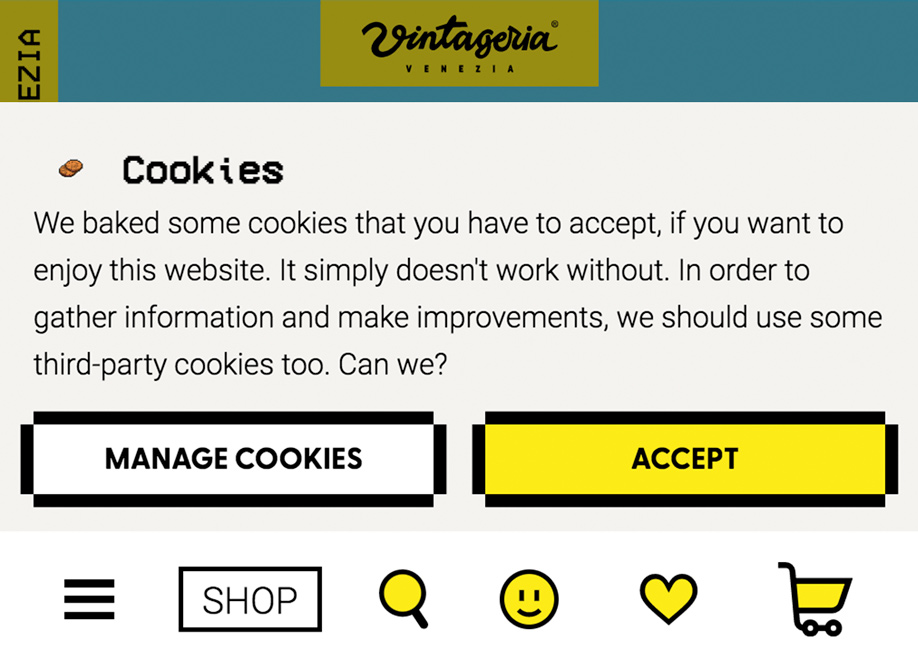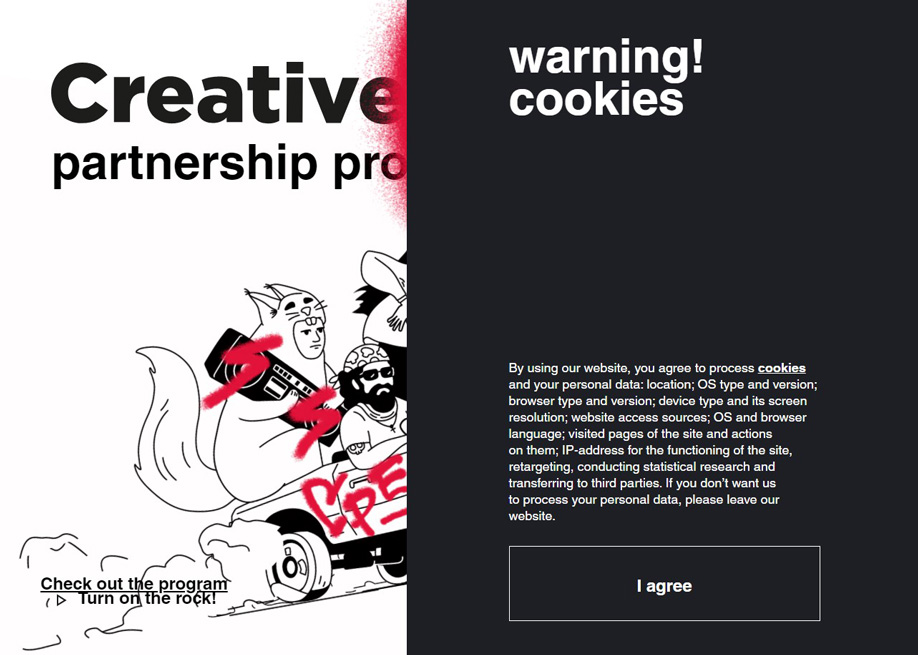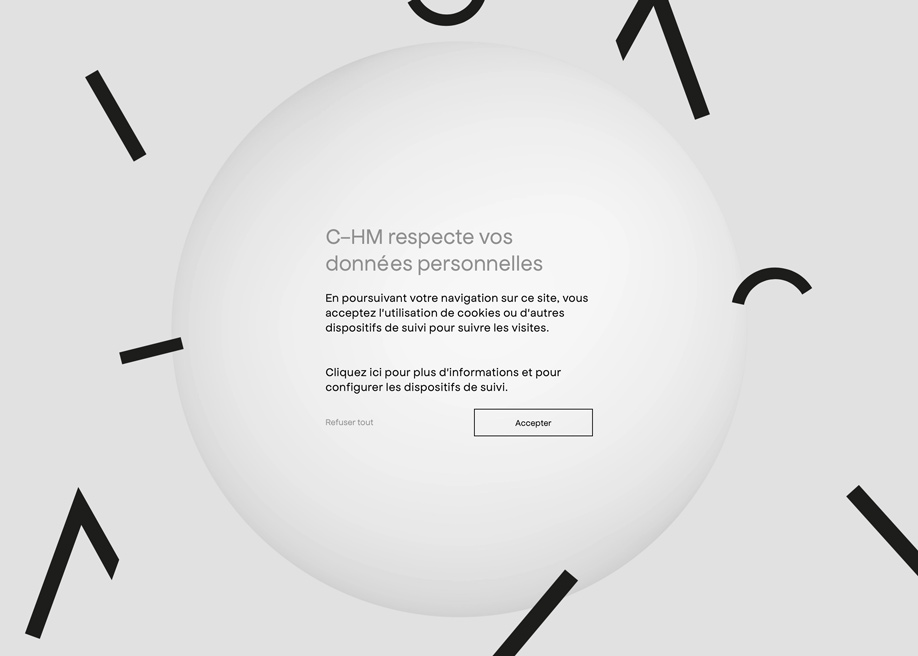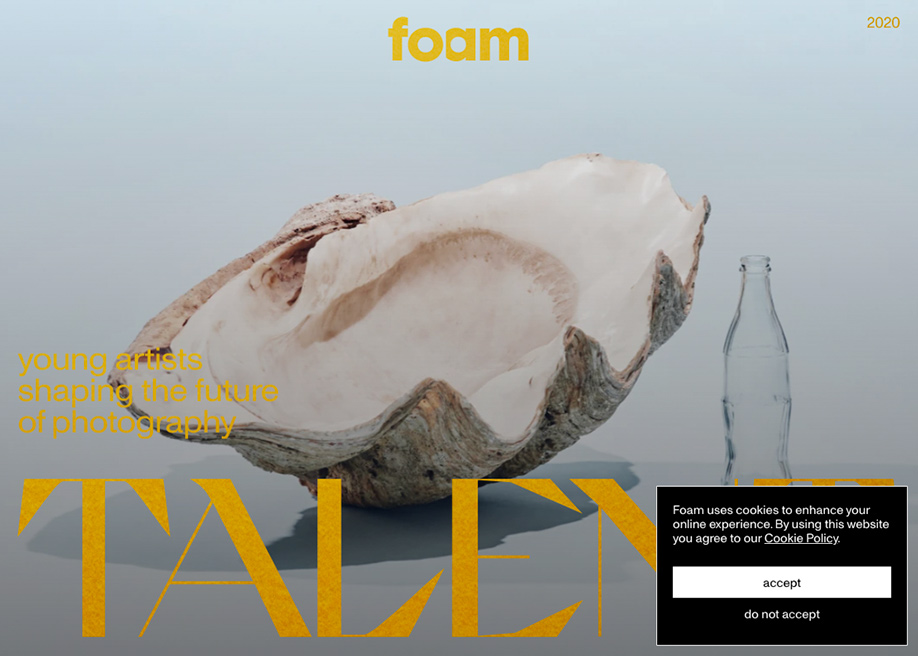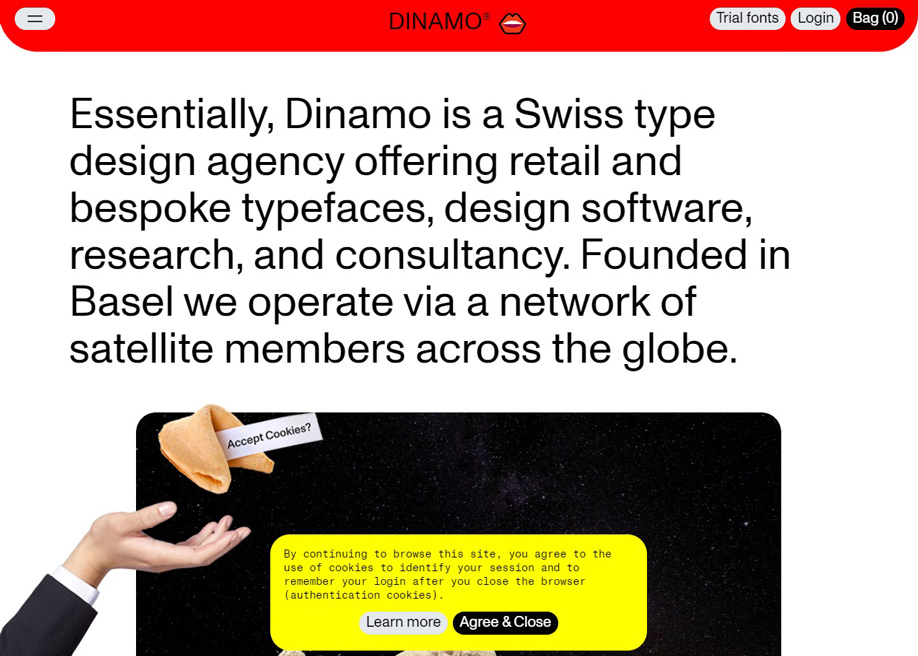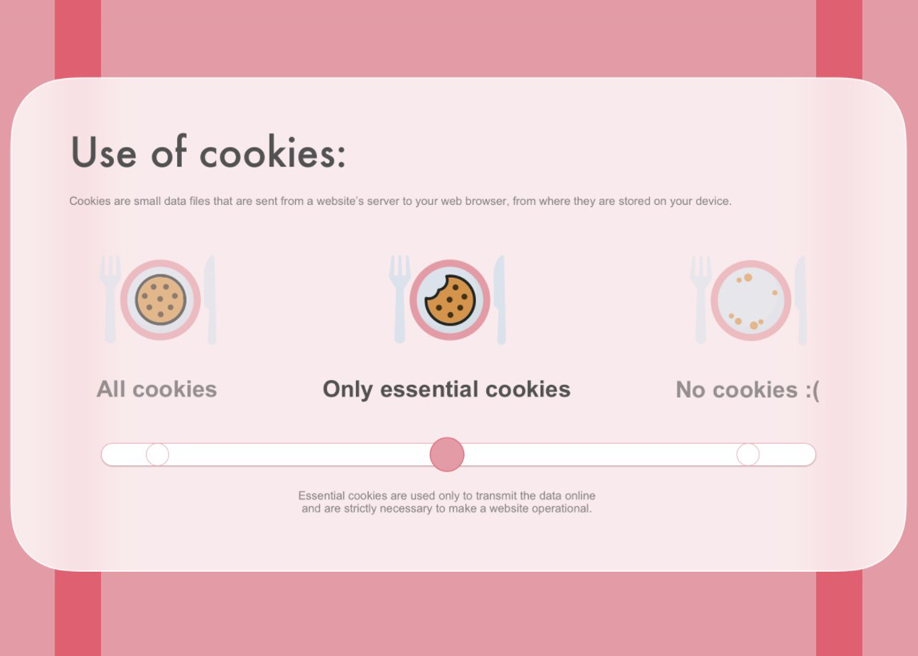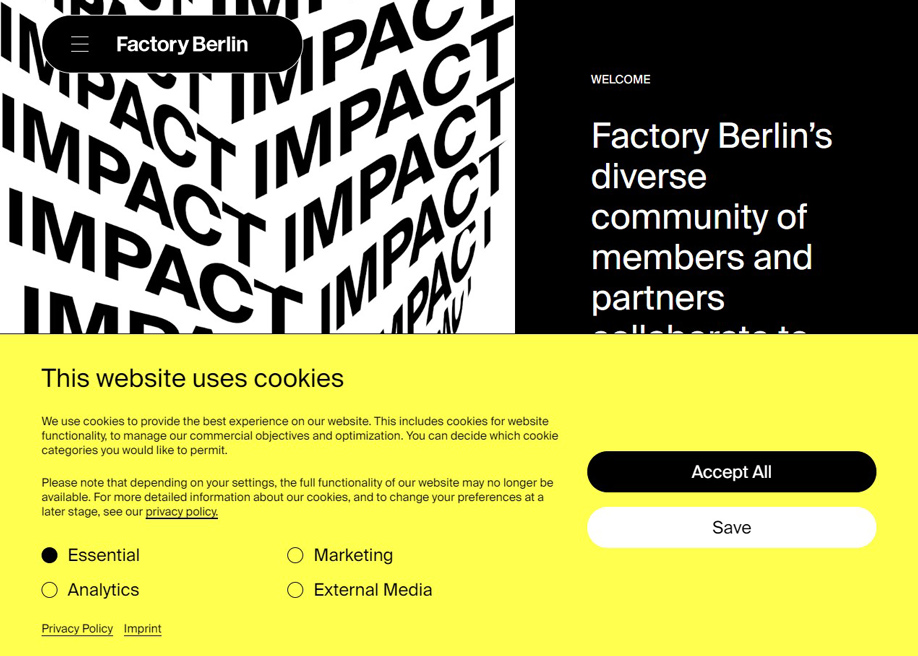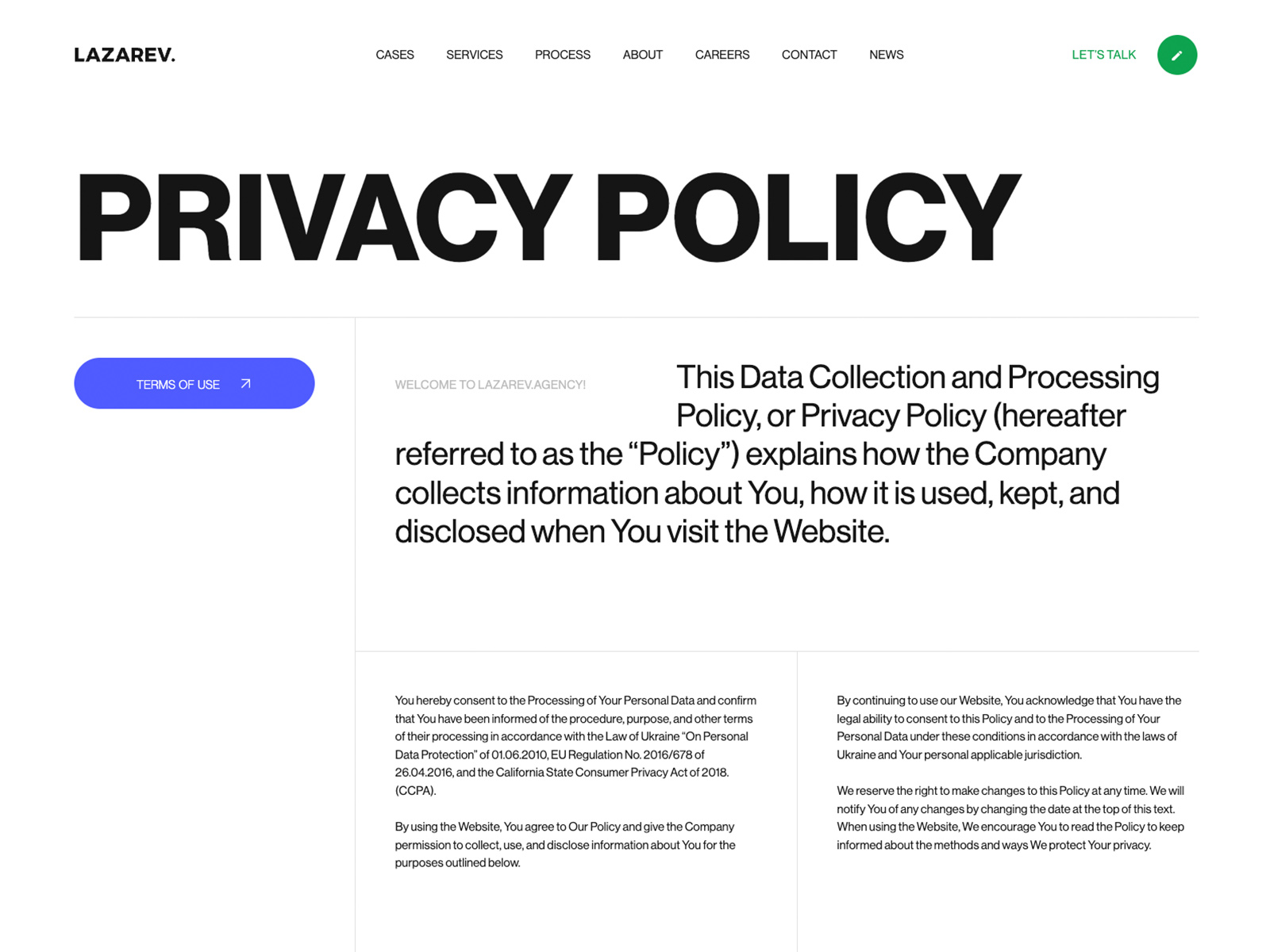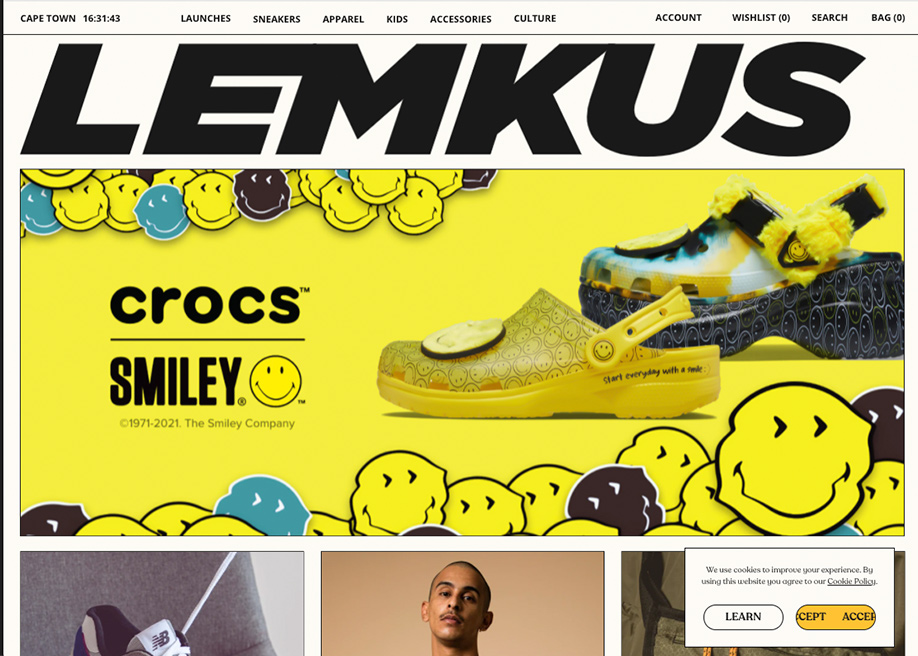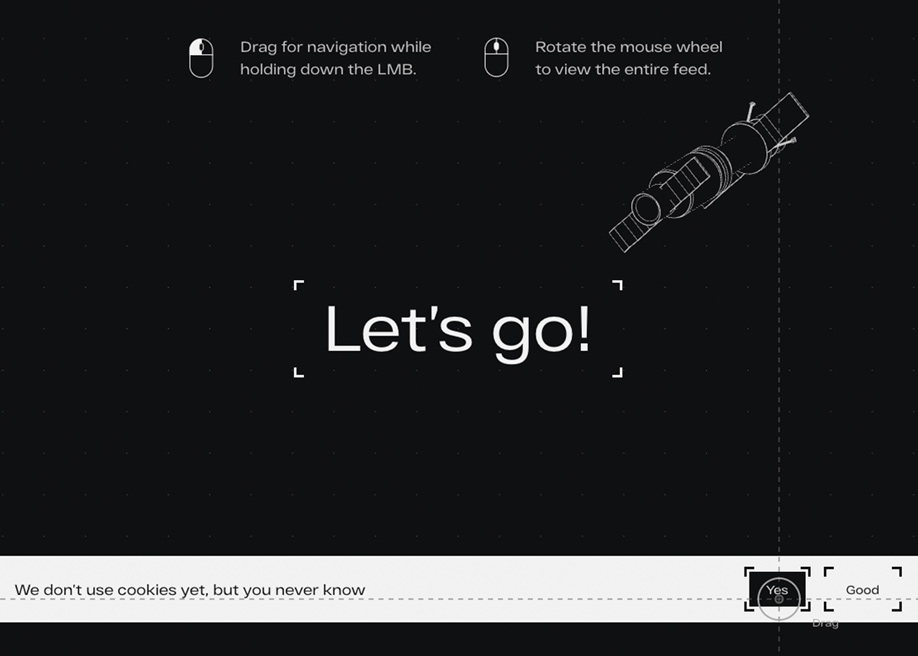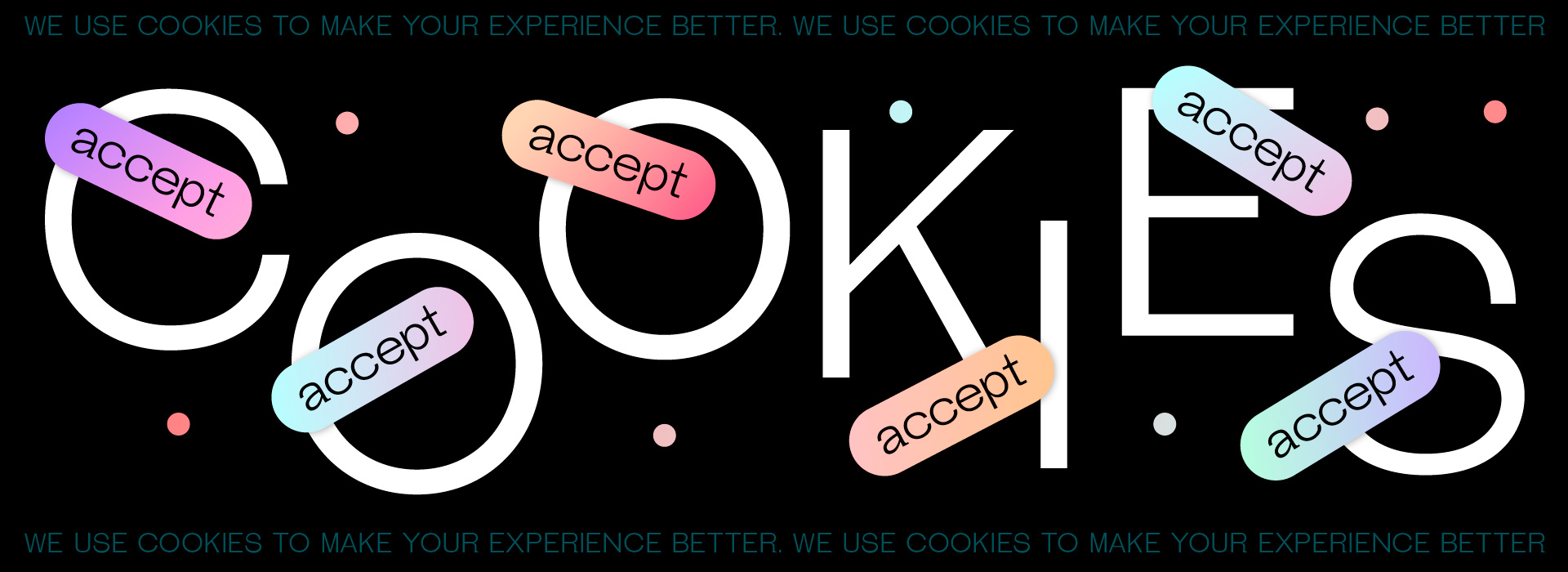
Cookies 🍪 are often essential for creating a custom and enjoyable user experience. Regulations like the GDPR law and the ePrivacy Directive, are not just annoying processes, but help us to control the way we store and track users’ data responsibly.
As digital product designers, we are tasked with analysing and finding optimum ways to achieve a fluid cookie consent experience. The UX of privacy and user consent is a challenge which entails gaining the trust of the user. We should analyse and improve typical UX design patterns related to privacy, like cookie consent prompts, notifications, and emails, even setting an interaction model that's not intrusive or annoying whilst complying with legislation.
Explore now our Cookie Policy collection!
In this article we’re going to feature some great real life implementations of UX design patterns and ideas for cookie consent. Most of them are creative solutions to generate user trust, but don’t forget these should always be carried out in a transparent way. At the end of the selection, we’ve added some excellent resources to deepen both your understanding of the law as well as its implementation.
👉 Enjoy more creative cookie 🍪 policies examples in our Collection Cookie Policy.
Understanding and Implementing GDPR and ePrivacy Directive
The famous European law GDPR is a legal protection framework that regulates the way in which the personal information of European citizens is collected and processed, and it is also applied to companies from outside the EU that deal with European users.
These types of regulations are a big help, and provide an excellent guide for making things easier in terms of respecting the data, decisions and rights of users. Although understanding the requirements of the GDPR is quite a laborious task, all those in or out of The EU are obliged to fulfill them.
Basically users must be informed of:
- What data will be collected
- How the data will be treated, such as questions about the security of the storage and the integrity and confidentiality of the data.
- How the data will be used.
- How a user can exercise their right to have their data removed (revoking consent).
All this information should be gathered in the site’s policy, in the GDPR Checklists there is a checklist available which really helps understand all these steps.
Additionally, the ePrivacy Directive demands that users actively give their consent to store and track their cookies. In Cookie Consent Examples you can see different UX solutions to create cookie consent prompts.
In reality, the best thing would be to not have to use cookies, many websites can work perfectly well without them. But if our sites can’t work without them, we must collect and manipulate only the information that is strictly necessary, and avoid using 3rd party cookies. In this excellent article from Smashing Magazine Privacy UX: Better Cookie Consent Experiences you can find many more things to consider related to UX for privacy and cookie consent.
Check more collections!
To find the best examples of the most recent web projects, do not miss to check more examples at Collections.




